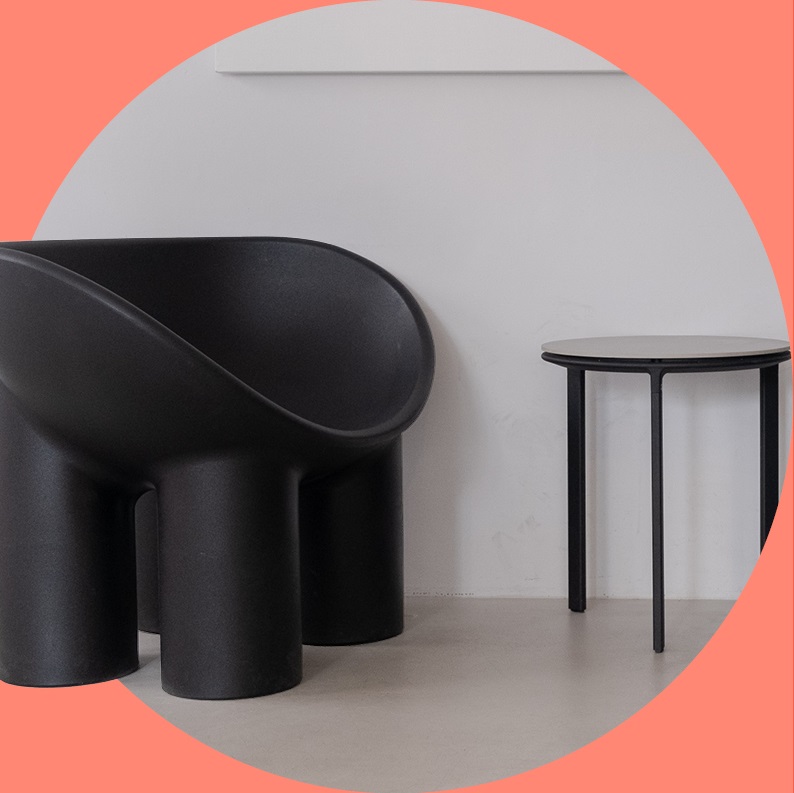
Modular Design Makes for a More Accessible Walking Stick
Published 23 August 2024
Inspired by the lived experience of people with mobility disabilities, the Ida is intended to integrate seamlessly into the lives of walking stick users. With innovative modular design and magnetic attachments, it offers a simple solution to the pitfalls of standardised mobility aids.
Modular Design Makes for a More Accessible Walking Stick


Topics

Want to see the full report?
Offering access to over 350 consumer and cross-industry reports annually, Stylus Membership is your window to tomorrow’s most exciting opportunities.
We already arm more than 500 of the world’s most forward-thinking brands and agencies with the creative insights they need to make transformative business decisions.
We’d love to do the same for you.
Book a demo with us today to discover more.
More Reports From Stylus
More Reports From Stylus
Design for Aspirational Ageing
By 2030, one in six people will be aged 60 or over, and by 2050, the number of those who are 80 or over will have tripled from 2020 levels (WHO, 2025). While ageing looks different for everyone, the desire for...











